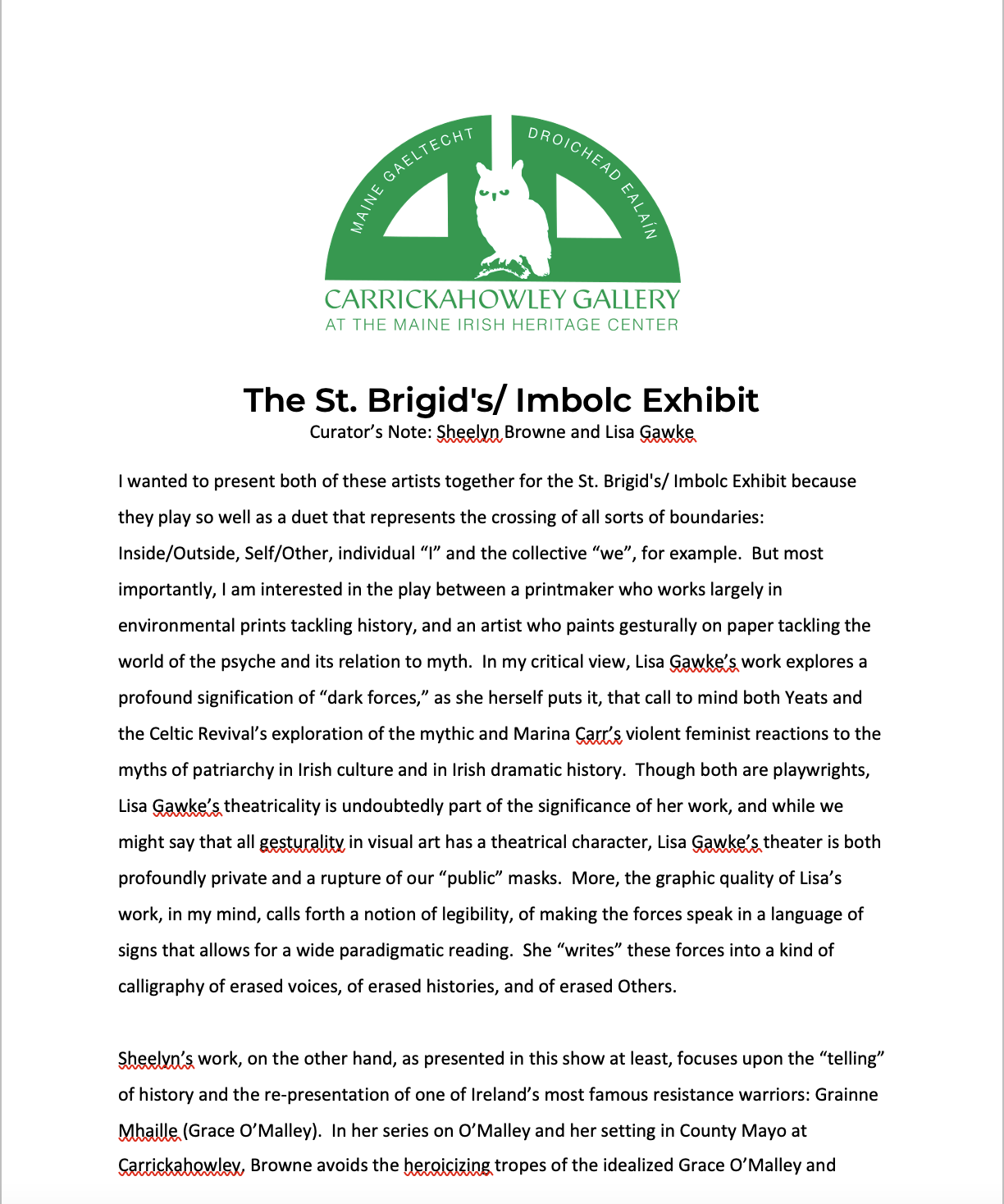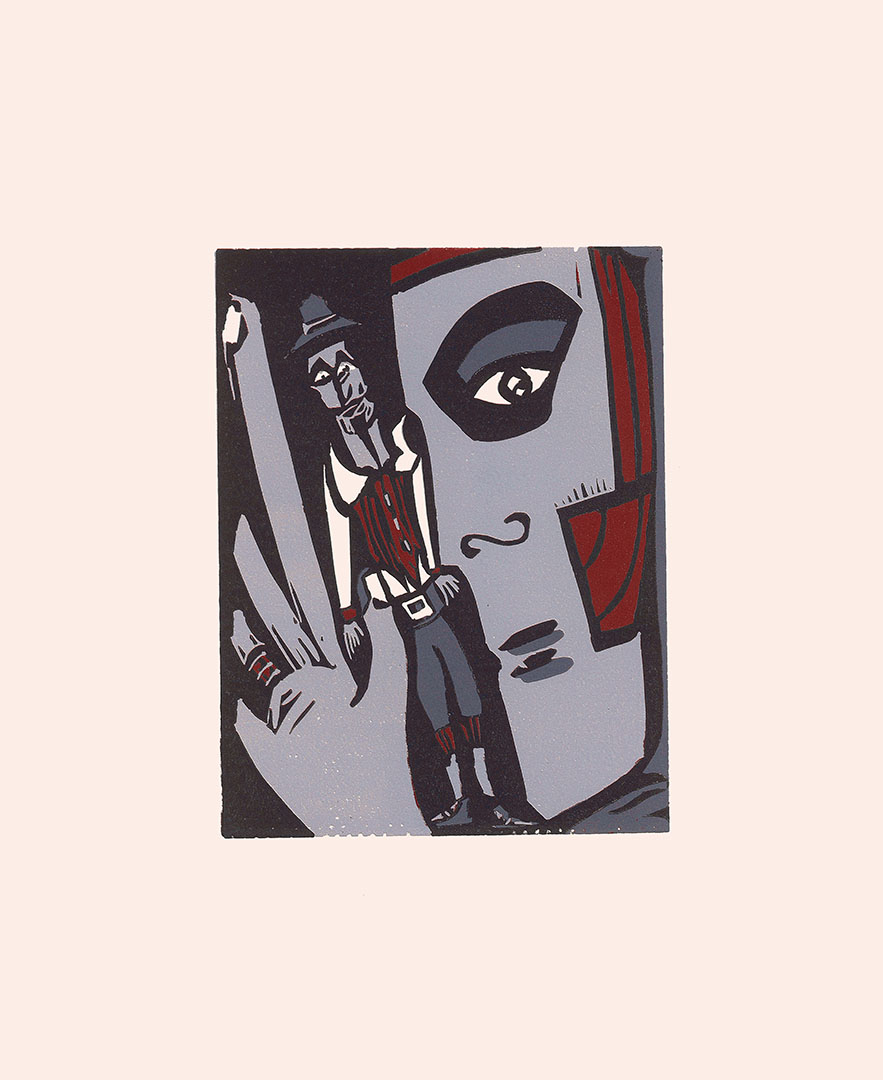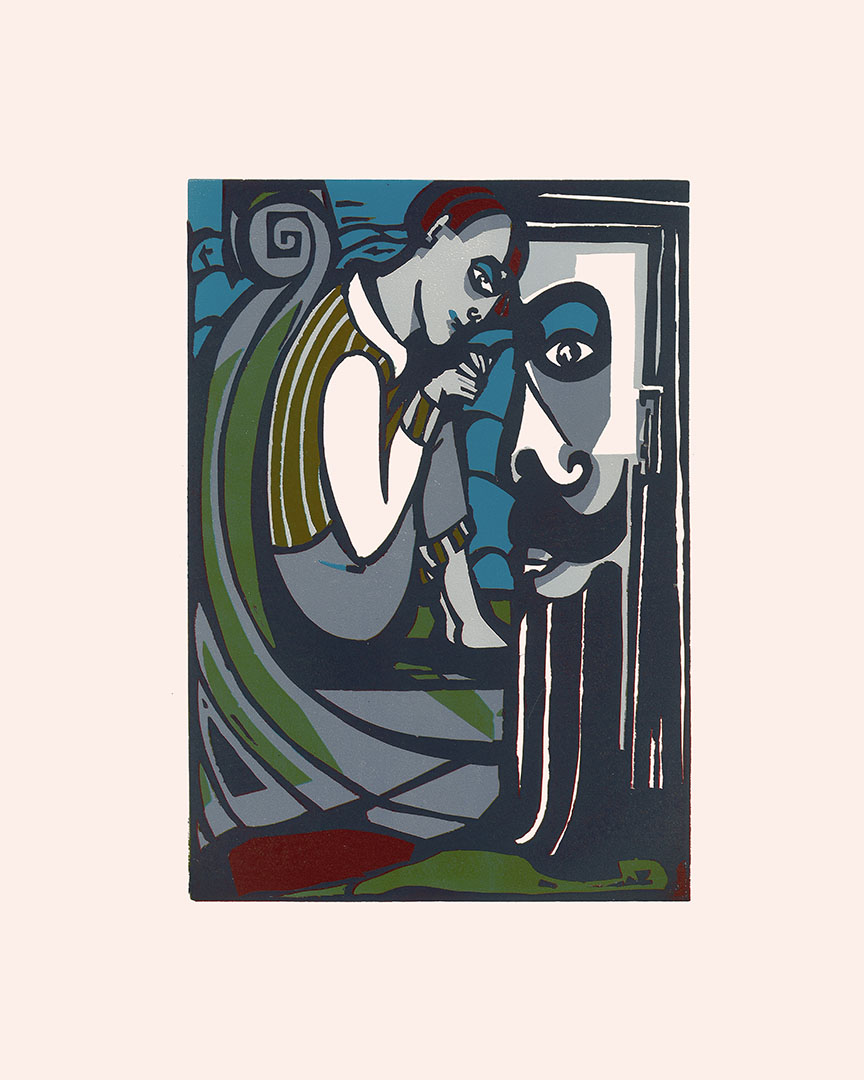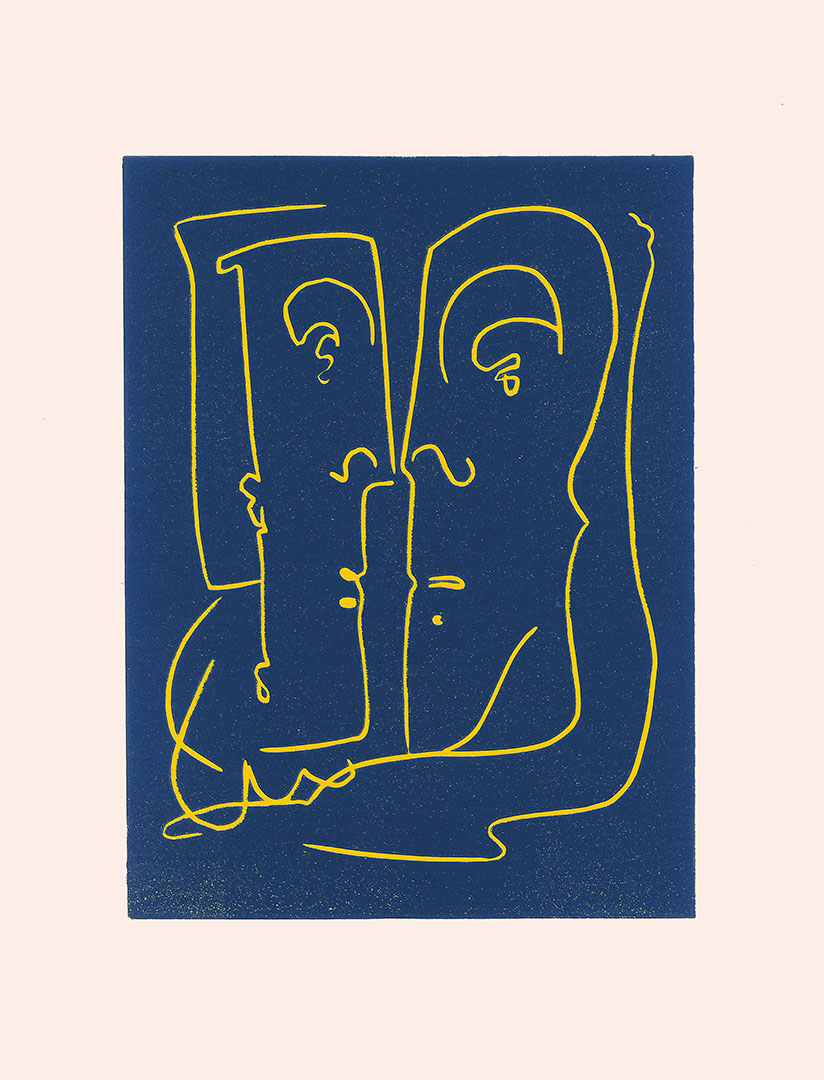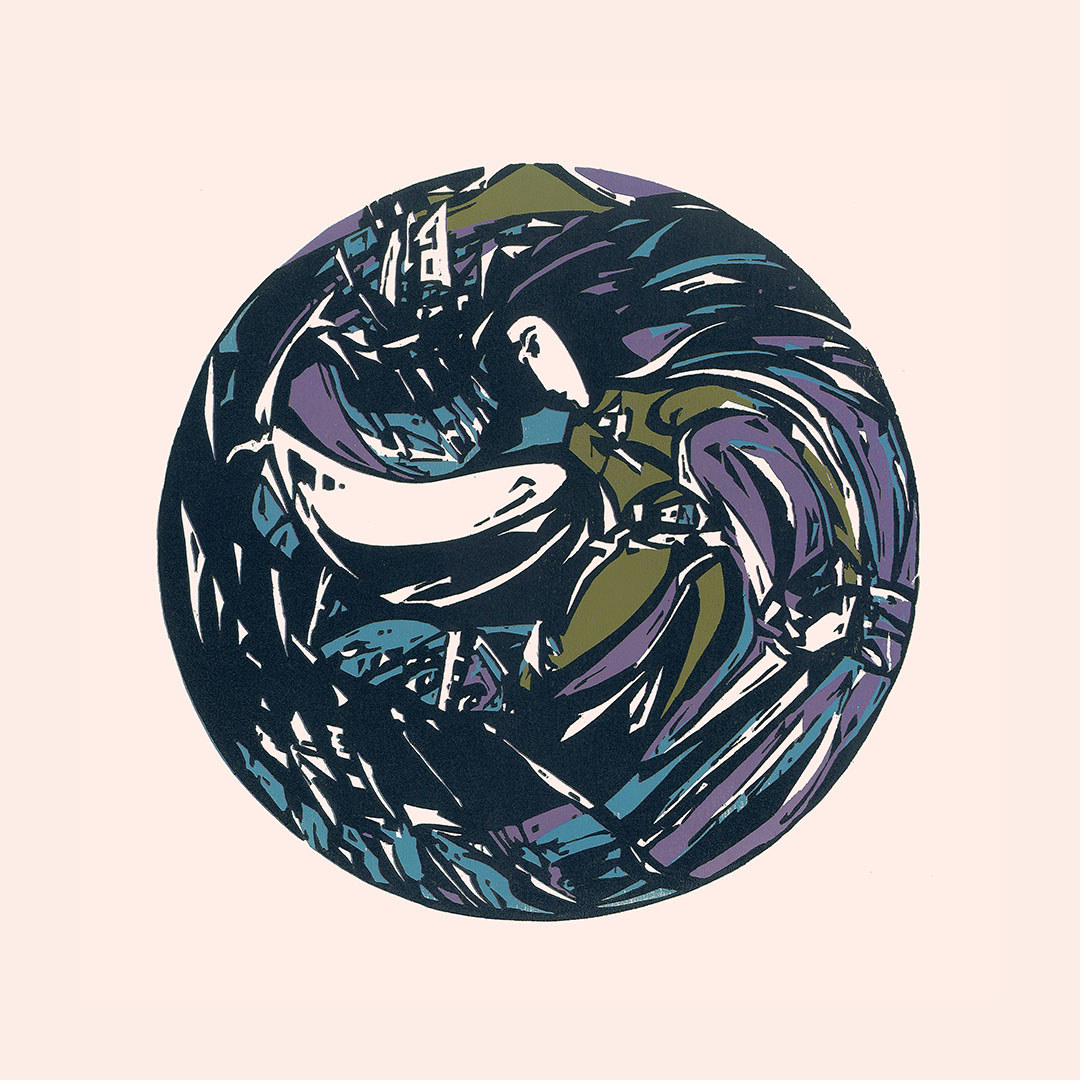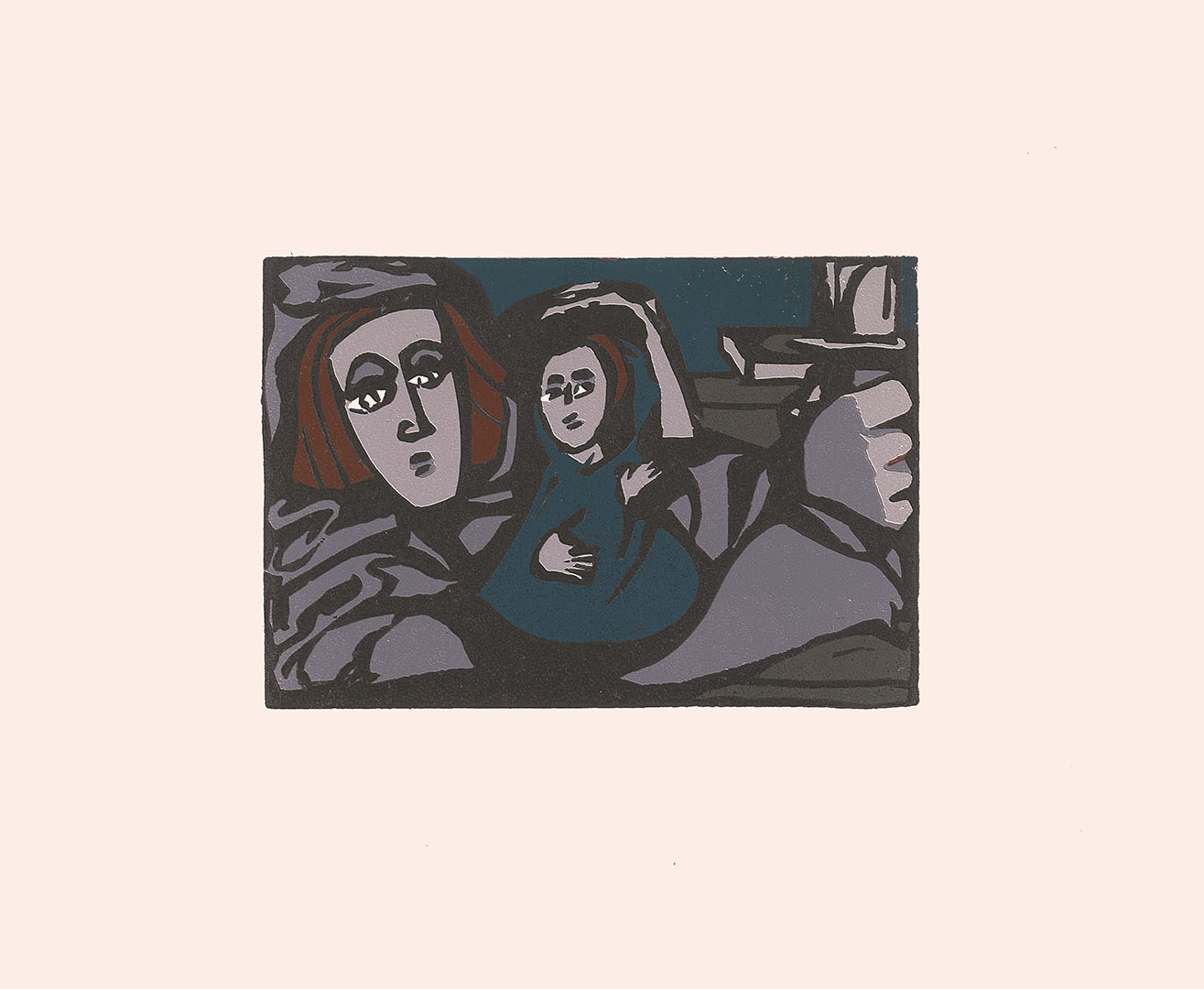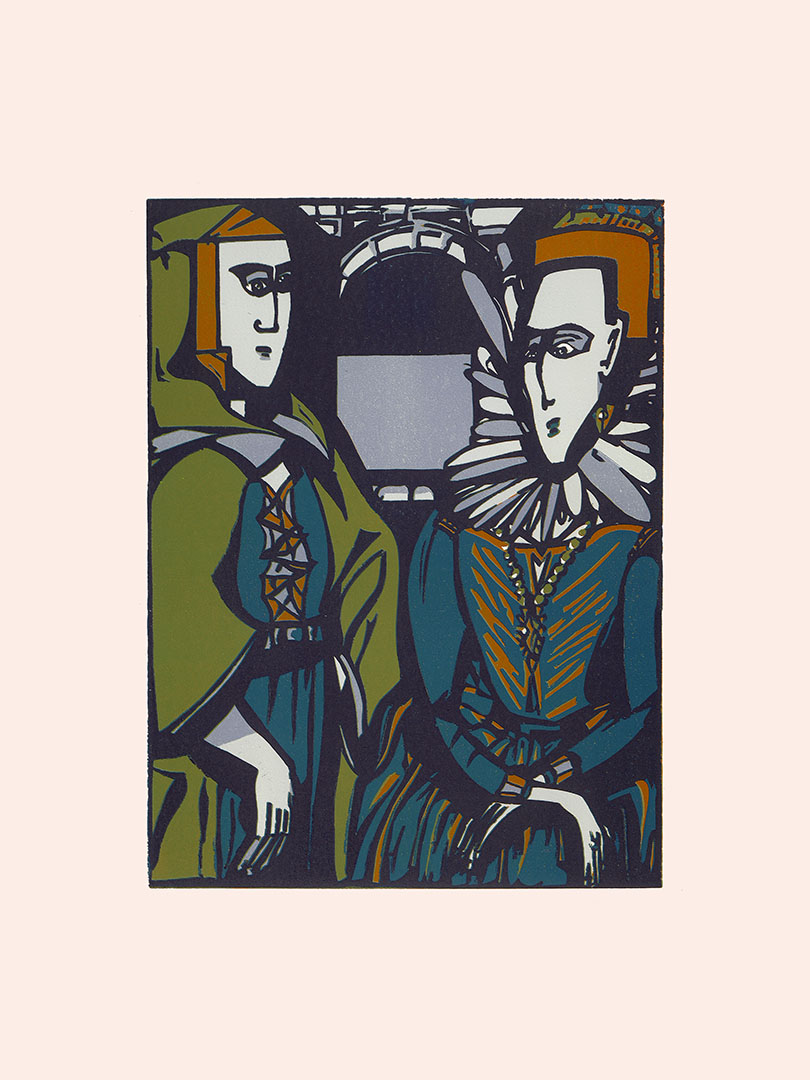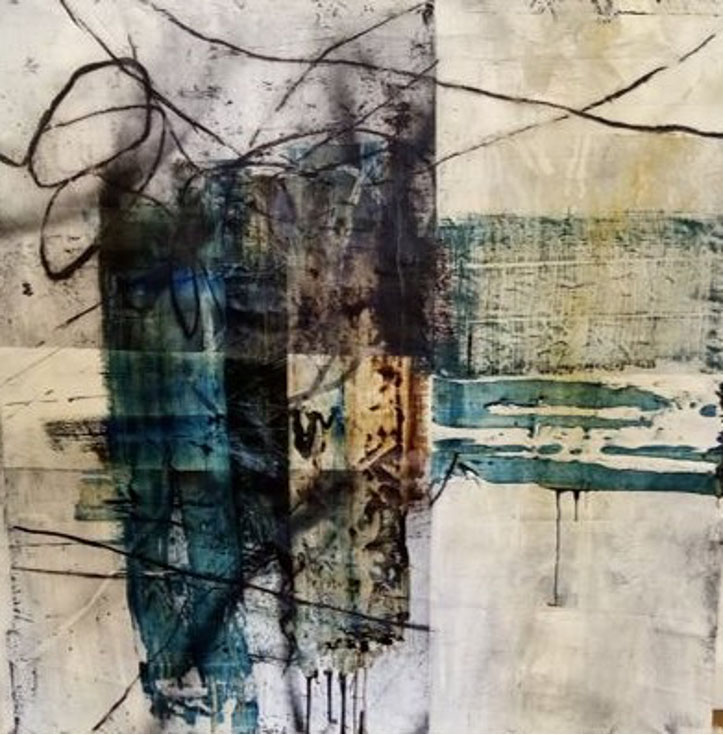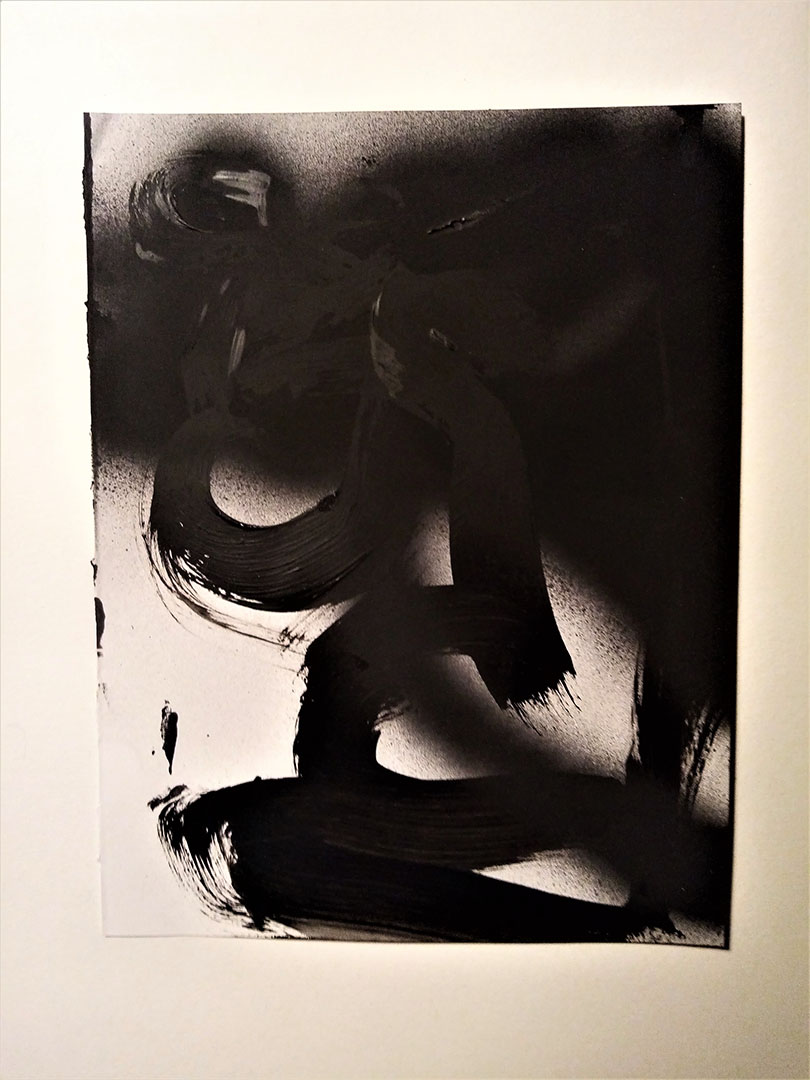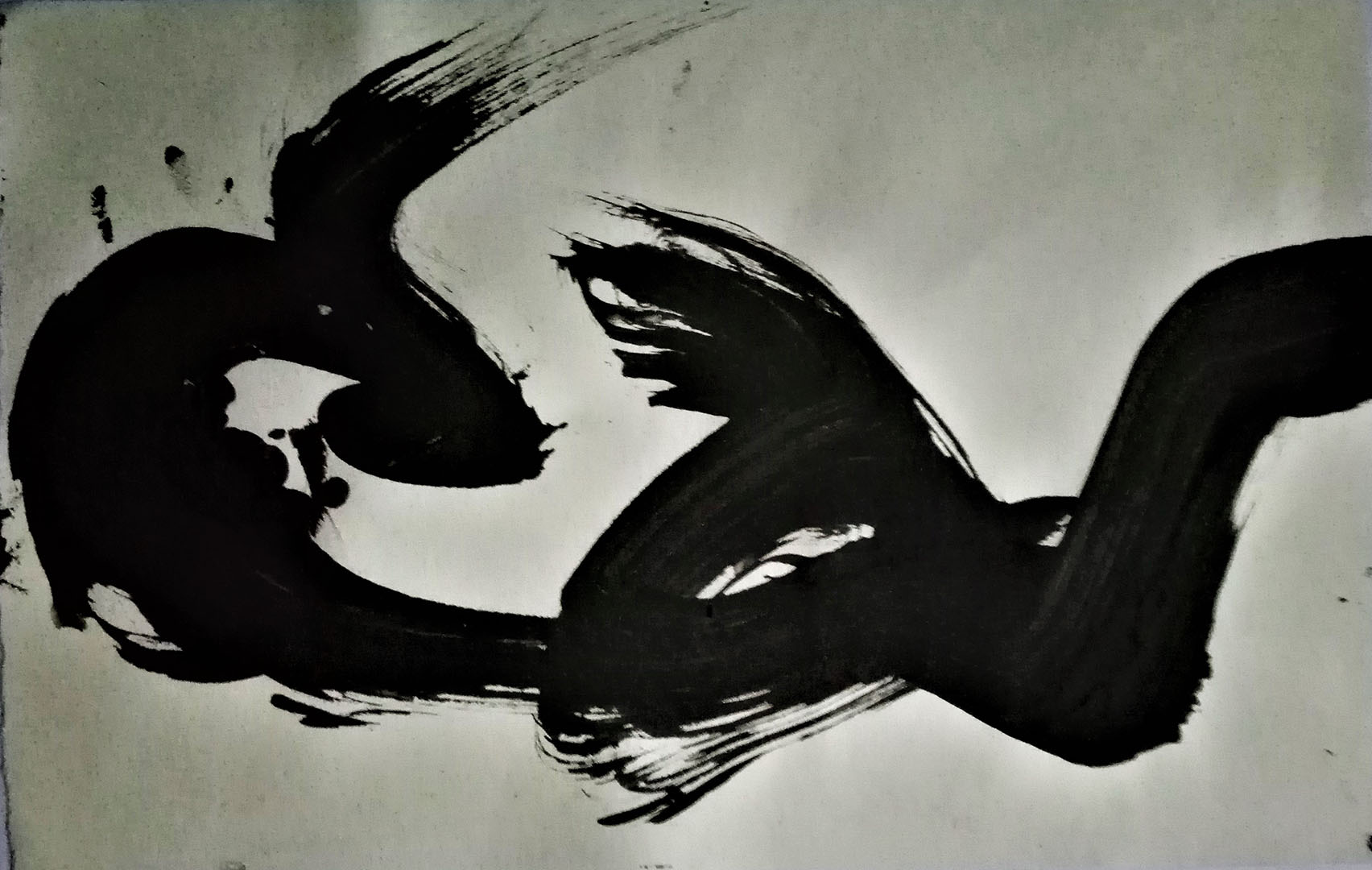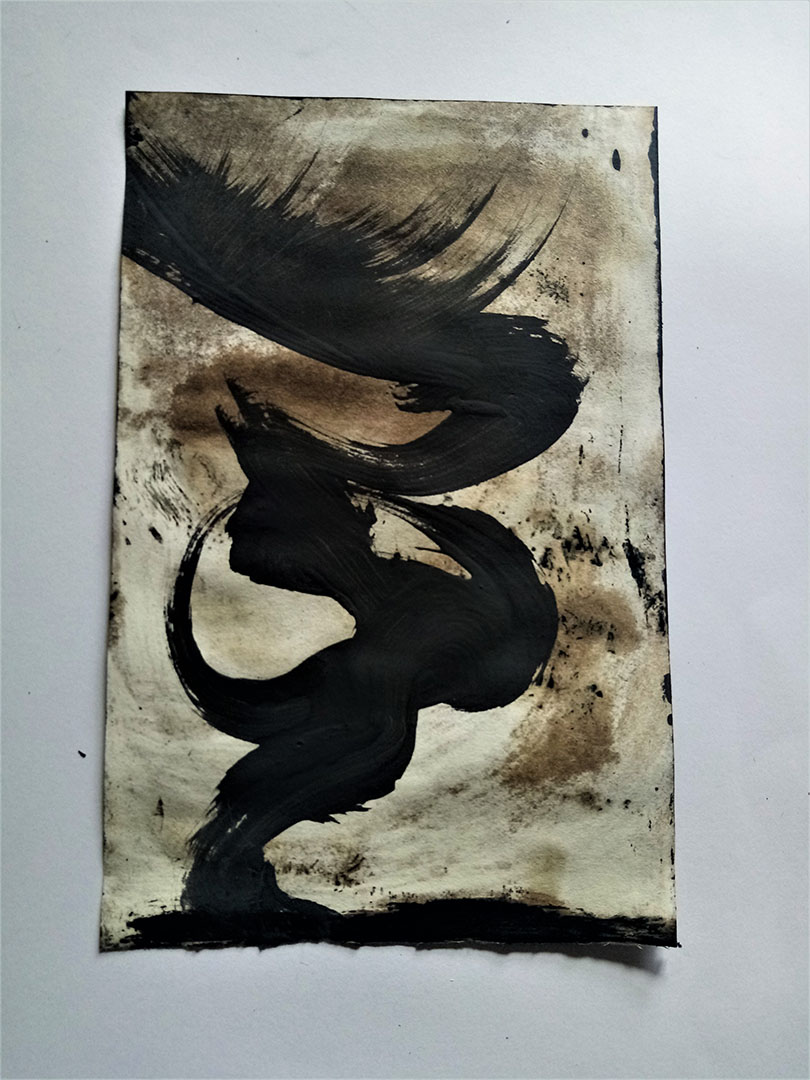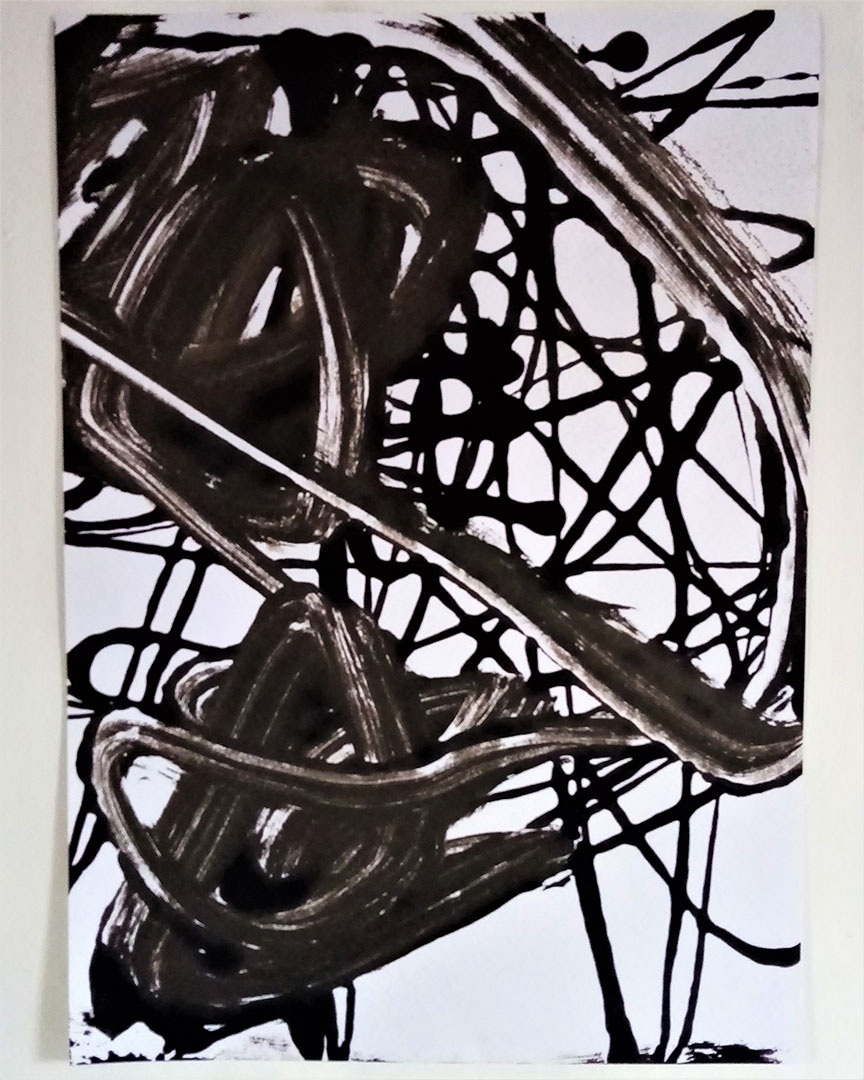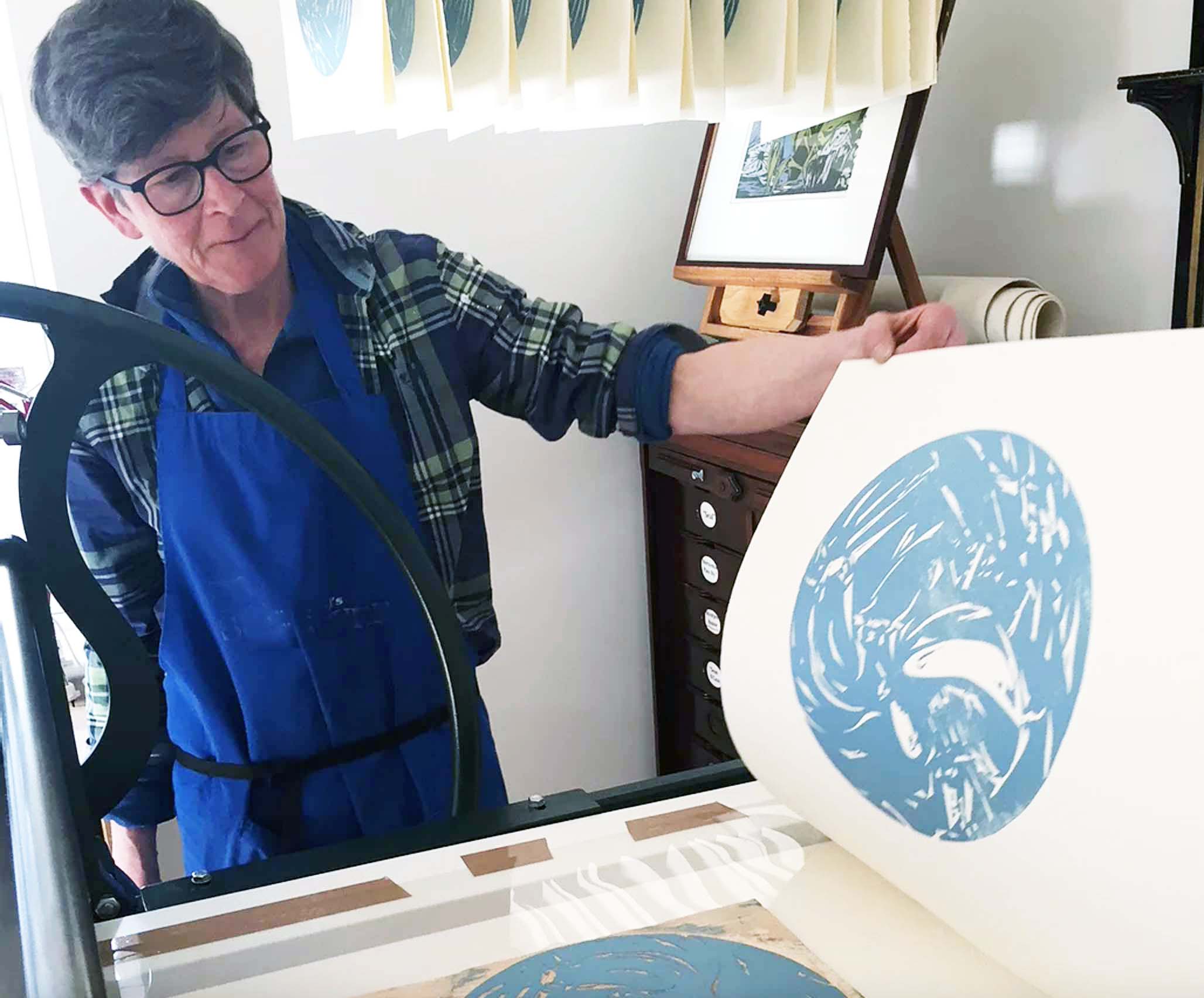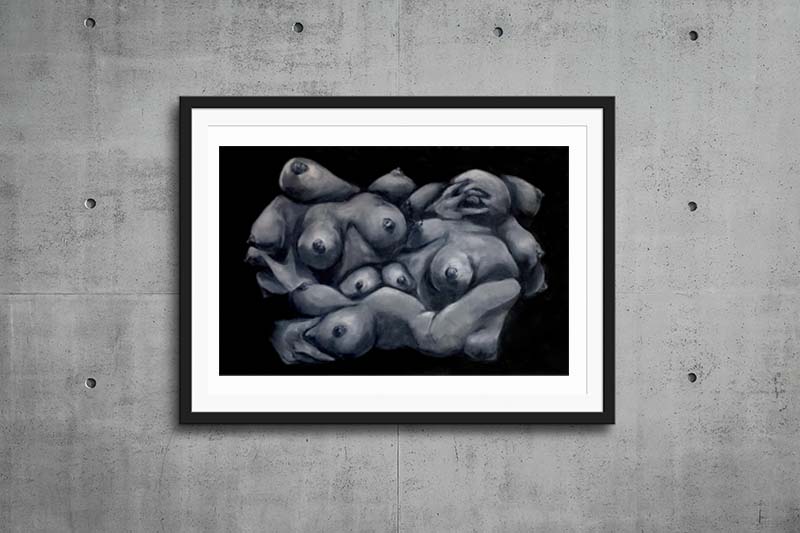THE ST. BRIGID’S IMBOLC EXHIBITION
Virtual – February 1 through March 15, 2021
About the exhibit
St. Bridgid’s / Imbolc
Welcome to the Carrickahowley Gallery at the Maine Irish Heritage Center. We are a virtual gallery born, like so much this year, from the challenges—and opportunities—presented by the Covid pandemic. The pandemic hit us in Maine just as the Maine Irish Heritage Center opened its Ca Bhuil Sinn Fein art show last year. Like many other Irish Centers and nonprofits, we adapted. It was during the transformation of that art show into a virtual show that we conceived of the benefits of a virtual gallery. As the hub of all things Irish in Maine, we realized that the virtual offered us the chance to bring more of Ireland TO Maine and, likewise, to share with many others and to lengthen and strengthen our connections. We chose St. Brigid’s Day/Imbolc as the date of opening because, among other things, the beginning of Spring means so much more to so many of us this year in particular. We adapt and Renew! Moreover, the implications of Imbolc and St. Brigid together give us the opportunity to begin our venture by inviting women artists to explore notions of the feminine.
The mission of the Carrickahowley Gallery is to help further the larger mission of the Maine Irish Heritage Center; namely to be the hub of all things Irish in Maine. The gallery seeks to find and to exhibit current, contemporary artworks from Ireland, Irish-America, and beyond to offer for sale and in the hopes of generating conversations about the visual arts.
We aim to offer four or five exhibits per year that will feature Irish and Irish-American artists primarily but will also feature other artists as we explore the intersections that connect us. In addition to the two featured artists whose work is for sale and affordably priced, we will offer a Featurette. In this space, we will exhibit an artwork or two, not for sale but, rather for educational and conversational purposes.
Our ultimate aim is reflected in the words enhancing our logo: Maine Gaeltacht Droichead Ealaín. Through art, we seek to traverse and strengthen the bridge between here and there, and between past and present.
The current curator for Carrickahowley Gallery is Robin Savage, himself the curator and one of the artists from the Ca Bhuil Sinn Fein exhibit. Also a cultural critic and educator, Robin brings a unique blend of training, talent, and vision to the task.
We hope you not only enjoy the St. Brigid’s/ Imbolc exhibition, but will continue to follow our exhibits, support the artists and the Maine Irish Heritage Center, and help us deepen our connections and conversations.
Fáilte!
Mary Canfield
Virtual Programming Coordinator
Maine Irish Heritage Center
Profiles
Learn About The Artists
Sheelyn Browne
Co. Mayo, Ireland
Printmaker
Sheelyn Browne is the 14th great-granddaughter of Grace O’Malley and one of the Westport House Brownes. Sheelyn studied Visual Communications at the National College of Art and Design, Dublin, and graduated with a Bachelor of Design in 1987. It was there that she became interested in relief cut printmaking, primarily in the form of Woodcut, which is one of the earliest techniques of illustration invented. The appeal for her was starting out in three-dimensional mode with knife and block of wood in hand, but with the end result being that of two dimensional – a print. Sheelyn’s earliest influences were the works of the 18th Century Japanese woodcut artists. However, the German Expressionists were always and continue to be her biggest influences – artists like Heckel, Kirchner, and Nolde being favorites. Sheelyn has had solo exhibitions of her work in both The Bank of Ireland Art’s Centre, Dublin, and in Blackburn House, Liverpool. Her works include some famous Irish writer portraits, figurative and wildlife themed images.
Relief Cut Printmaking – Woodcut and Linocuts
The technique involves producing a drawing or an image and transferring it onto either a block of wood or linoleum. You can either trace from the original drawing or draw directly onto the block, depending on how many colours you are using. Then you carve your image with a knife or a gauge. The areas that appear in relief or are raised will produce a part of the finished image. You then roll the block of wood or linocut and transfer the image onto paper.
“I use the “ Reduction Method” when I produce colour prints, which means I use one block of wood or lino instead of multiple. I carve out my first colour, place a sheet of paper over the inked block and transfer the image. I repeat with several sheets of paper. Then returning to the block, I carve away the areas that I want to remain the first colour that I have printed. I then roll the ink onto the block with the second colour. The original sheets of paper are then individually placed on the inked block, in exactly the same position as the first time. This is to ensure good registration. This process is continued until I reach the final image or final limited edition of original prints of this image.”
[/el_modal_popup]Lisa Gawke
County Galway
Contemporary Artist
Lisa Gawke is an Irish based contemporary artist. She studied fine art in sculpture and textiles at Crawford College of Art and Design in 1990. She returned to education in 2016 where she received a BA in contemporary art from Galway-Mayo Institute of technology Centre for creative Arts. Her work deals with the journey between loss and renewal. She considers the idea of destroying to bring about something new and amended. She uses unconventional materials and tools that are traditionally used for something else entirely. The black is a significate part of her work representing our perceptions of night and its hidden refuge. Embracing and celebrating the darkness becomes a space to meditate, heal and identifying the dark side of human nature. She invites the viewer to contemplate the strengths and vulnerabilities of the human condition through the reality of impermanence and the acceptance of imperfection. She uses the narrative of her gestural pieces as a metaphor for a frozen motion in time and space, which is impermanent and incomplete and the volatile unpredictable nature of the brush strokes which expresses universal human experiences.
Thought Provoking
Featurettes
The artworks exhibited here are not for sale. Here you may view historical works, works in conversation with challenging subjects, or works of visual complexity. It is here, in the Featurette Gallery, that you will encounter the larger spectrum of issues relating to Irish and Irish American art as well as intersectional art that may challenge our perspectives around the histories that we share with others.
Featurette
Breslin Bell
Featurette
Breslin Bell
Cailín
Letterpress
18” x 10 1/2”
Edition of 14
2020
Cailín Statement
Cailín is the culmination of my slow digestion of renowned literary and performing artworks from and/or about Ireland. Referenced works include The Playboy of the Western World, Michael Collins, The Wind that Shakes the Barley, Juno and the Paycock, The Field, The Cripple of Inishmaan, Odd Man Out, and The Magdalene Sisters. The poem gives a taste of the tale of twelve women: Margaret, Catherine, Sinead, June, Mary, Katie, Helen, Kathleen, Rose, Crispina, Margaret, and Bernadette. Cailín highlights women who are often positioned at the periphery of literature and of the double male lead.
Artist Statement
By approaching bodily & feminized work with conceptual and material transgression, my practice is inclusive of innumerable subjects & stories that face diverse gender-based aggressions and violences.
Being an artist inhabiting a feminized body implies marginality. My work is bodily—its format often body-sized, wall-sized, portrait-oriented, or vertically-inclined. I aim at de-telling by way of drip, mar, bleed, drain, smudge, and obscure. This engaged making is rooted in much of my practice being text-based, word-based, language-based. Textual work addresses the marked and the unmarked terms related to feminism—the said and unsaid about reproductive rights and body autonomy. I am dedicated to redefining and de-telling feminism, womanism, and other -isms of feminized art-making that have excluded, ignored, or othered—in the past and today. My work often explores environmental issues, women’s rights, and the intersections between.
Artist Bio
Breslin Bell is an emerging artist & printmaker, art historian, and museum professional. She began her museum education and curatorial career at the Davis Museum, now continuing at the RISD Museum. Bell earned her Bachelor’s degree—double major in art history and studio art—at Wellesley College graduating with honors and accomplishing a thesis in printmaking. Bell has participated in various group exhibitions and portfolios in New York City, Greater Boston, and Japan. Breslin Bell is currently an MFA candidate at the Rhode Island School of Design. She is positioned to complete her degree with a certificate in collegiate teaching as an instructor of record. Bell lives and works in New England.
[/el_modal_popup]Featurette
Fiona Dolan
Featurette
Fiona Dolan
The Debbie Smith Reauthorization Act
24”x36”
This oil painting is in response to the Debbie Smith Reauthorization Act of 2019. The Debbie Smith Act is an American program to end the backlog of untested and unanalyzed DNA evidence of rape crimes.
Initially, the Debbie Smith Reauthorization Act passed with wide bipartisan support, but Republican opposition to the gun restriction in the Violence Against Women Act blocked the Debbie Smith legislation as well.
The breasts and cool tones are symbolic of the forgotten women that were exposed to an invasive rape kit experience for nothing. As an Irish-American woman living in the western world, the disrespect for survivors of sex crimes is unacceptable.
My great-grandmother risked her life for her Ireland as a member of the Cumann na mBan – an early 20th century women’s paramilitary Irish independence organization.
She fought, not just for the liberation of Ireland, but the empowerment of women in society. The backlog of untested evidence has left these women without justice – a cruel response to the many contributions of women.
[/el_modal_popup]Carrickahowley – What’s in a Name?
Carrickahowley is in County Mayo, Ireland, and is the historical site of the stronghold castle of Grace O’Malley, or Grainne Mhaille. Grace O’Malley was a seventeenth-century pirate queen of Western Ireland who led an entire fleet of ships over her long career and met Queen Elizabeth I in a historic meeting. The name references many things, therefore, from respect for women in Irish history to fierce independence and capable leadership.
The stronghold and its location conjure the rocky coast of Maine, with its opening to the Atlantic Ocean that separates Ireland from Maine.
Fine Art & Prints
Carrickahowley Gallery
Support the bridge between Irish and American art by shopping at the Carrickahowley Gallery. You’ll find prints and original art at affordable prices. Plus, a portion of the proceeds benefits the Carrickahowley Art Gallery and our mission.
